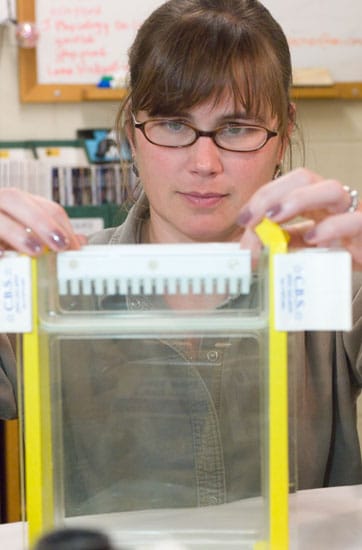Hurricane Katrina’s Flood Legacy Does Not Include Disease
May 1, 2007
When the levees broke in New Orleans after Hurricane Katrina, officials feared that Lake Pontchartrain might be infiltrated with disease-causing microbes from a “toxic gumbo” of water, polluted sediments, and sewage. In the weeks after the flood, scientists from several U.S. Centers for Oceans and Human Health, including WHOI biologist Rebecca Gast, mobilized to sample the mud and waters around the lake. After several months of study, the research team found the influence of contaminated floodwaters on Lake Pontchartrain was relatively short-lived, limited to coastal areas, and did not leave a lasting contamination or disease problem. For her part, Gast and her Woods Hole colleagues looked for the presence and persistence of microbes and certain pathogens. In addition, Gast organized a workshop and colloquium in Woods Hole in November 2006 that allowed scientists to compare their findings and assemble them into a publication that appeared in May 2007 in the Proceedings of the National Academy of Sciences.
Related Links

